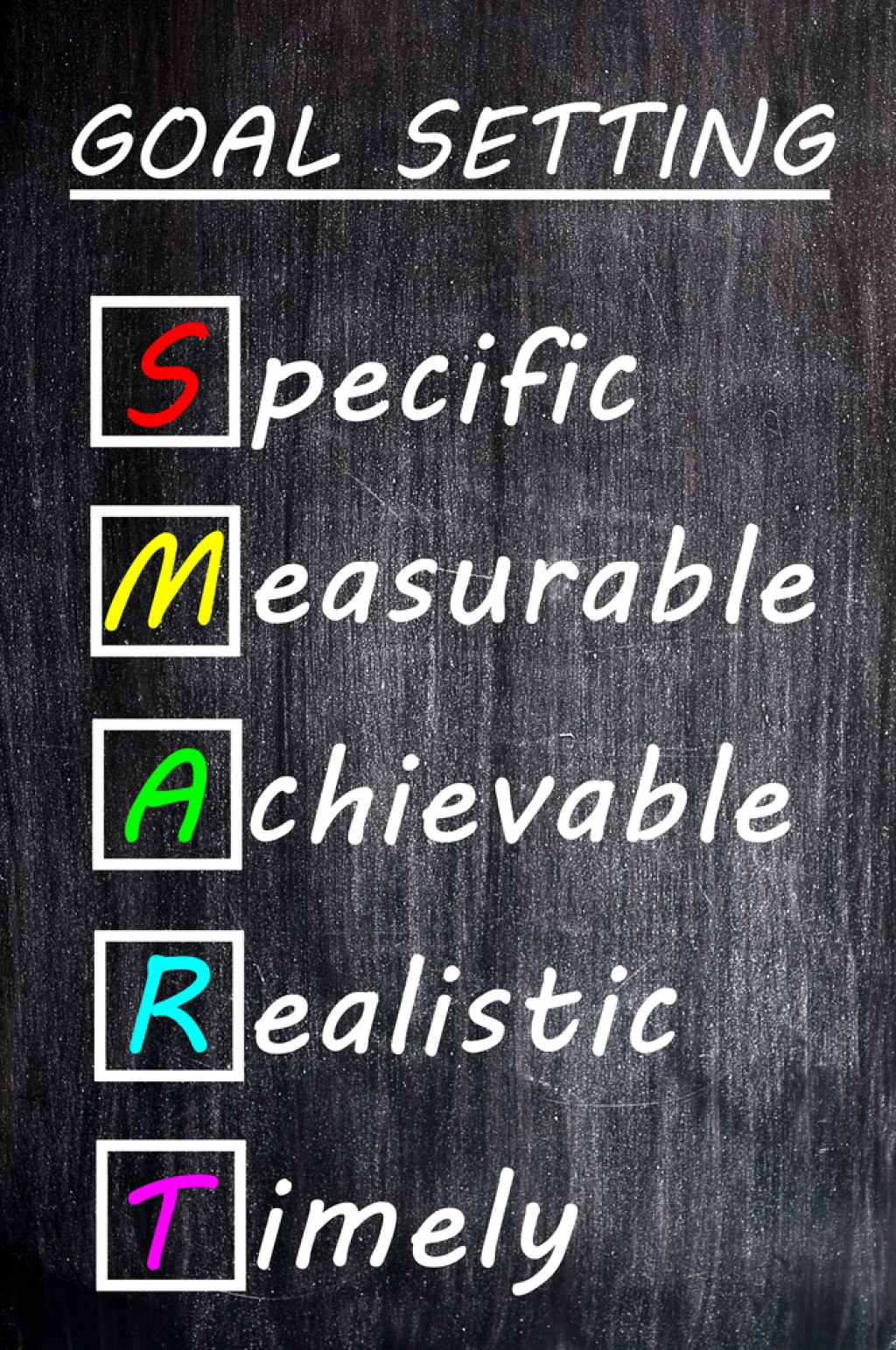In today's fast-paced world, businesses need to stay ahead. One way to do this is through coaching programs. Coaching helps businesses grow, improve, and succeed. This article will explain how coaching programs for business work and why they are important. We will also discuss different types of coaching, the return on investment (ROI) of coaching, and how to organize a successful coaching program. Additionally, we will look at how business coaching software can help.
What Are Coaching Programs for Business?
Coaching programs are special plans designed to help employees and leaders in a company improve their skills. Business coaching and consulting services provide these programs. Coaches work with individuals or teams to guide them, teach them new skills, and help them achieve their goals.
Types of Coaching Programs
There are different types of coaching programs that a business can use. Each type helps in a unique way. Here are some common ones:
- Leadership Coaching
Leadership coaching focuses on helping managers and leaders develop their skills. It teaches them how to lead teams, make decisions, and solve problems.
- Performance Coaching
Performance coaching aims to improve an employee's job performance. It helps them set goals, learn new skills, and become more efficient.
- Career Coaching
Career coaching helps employees plan their career paths. It guides them on how to reach their career goals and advance within the company.
- Team Coaching
Team coaching helps groups of employees work better together. It improves communication, collaboration, and team dynamics.
- Executive Coaching
Executive coaching is for top leaders in the company. It helps them improve their strategic thinking, leadership skills, and overall effectiveness.
The Impact of Coaching on Business Performance
Coaching programs can greatly affect a company's performance. Here’s how:
- Improved Employee Performance
Coaching helps employees improve their skills and knowledge. This leads to better job performance and higher productivity.
- Enhanced Leadership
Leaders who receive coaching become better at managing their teams. This leads to improved team performance and a more positive work environment.
- Increased Employee Engagement
Employees who receive coaching feel valued and supported. This increases their engagement and commitment to the company.
- Better Teamwork
Team coaching improves communication and collaboration among team members. This leads to better teamwork and more successful projects.
- Higher Employee Retention
When employees receive coaching, they are more likely to stay with the company. This reduces turnover and saves the company money.
The ROI of Coaching Programs
Investing in coaching programs can bring a high return on investment (ROI) for businesses. Here’s why:
- Increased Productivity
Coaching helps employees work more efficiently. This leads to increased productivity and higher profits.
- Reduced Turnover
Coaching helps employees feel more satisfied with their jobs. This reduces turnover and the costs associated with hiring and training new employees.
- Improved Performance
Employees who receive coaching perform better. This leads to higher quality work and better business results.
- Enhanced Leadership
Leaders who receive coaching make better decisions. This improves the overall performance of the company.
- Competitive Advantage
Companies that invest in coaching programs gain a competitive advantage. They are better able to attract and retain top talent and achieve their business goals.
How to Organize a Coaching Program
Organizing a coaching program involves several steps. Here’s how to do it:
- Identify Goals
The first step is to identify the goals of the coaching program. What do you want to achieve? This could include improving employee performance, developing leaders, or enhancing teamwork.
- Choose the Right Coaches
Next, choose the right coaches for the program. Look for experienced coaches who have a track record of success.
- Develop a Plan
Develop a plan for the coaching program. This should include the goals, the timeline, and the methods that will be used.
- Communicate the Program
Communicate the program to employees. Explain the benefits of coaching and how it will help them.
- Implement the Program
Implement the coaching program. This may involve one-on-one coaching sessions, group workshops, or online training.
- Monitor Progress
Monitor the progress of the coaching program. Use business coaching software to track progress and measure results.
- Evaluate the Program
Evaluate the success of the coaching program. Look at the results and determine if the goals were met.
Ensuring Acceptance and Success of a Coaching Program
To ensure the success of a coaching program, follow these steps:
- Get Buy-In from Leadership
Ensure that top leaders support the coaching program. Their buy-in is crucial for the program's success.
- Communicate Clearly
Clearly communicate the goals and benefits of the coaching program to employees. Make sure they understand how it will help them.
- Provide Support
Provide support to employees throughout the coaching process. This could include resources, time, and encouragement.
- Measure Results
Regularly measure the results of the coaching program. Use business coaching software to track progress and make adjustments as needed.
- Celebrate Success
Celebrate the successes of the coaching program. Recognize and reward employees who achieve their goals.
How Business Coaching Software Can Help
Business coaching software can help organize, track, and ensure the success of a coaching program. Here’s how:
- Organization
Coaching software helps organize coaching sessions, schedules, and materials. It ensures that everything is in one place and easy to access.
- Tracking Progress
Coaching software tracks the progress of coaching sessions. It allows coaches and employees to see what has been accomplished and what still needs to be done.
- Measuring Results
Coaching software measures the results of the coaching program. It provides data and insights that can be used to improve the program.
- Improving Communication
Coaching software improves communication between coaches and employees. It provides a platform for sharing feedback, resources, and updates.
- Ensuring Success
Coaching software helps ensure the success of the coaching program. It provides tools and resources that make it easier to achieve goals.
Conclusion
Coaching programs for business are a powerful tool for driving success in organizations. They help improve employee performance, enhance leadership, and increase employee engagement. Investing in coaching programs brings a high return on investment and provides a competitive advantage. By organizing a well-planned coaching program and using business coaching software, companies can ensure the success of their coaching efforts.
Coaching programs are an investment in the future of a company. They help build a strong, skilled, and motivated workforce that can achieve great things. So, if you want to drive success in your organization, consider implementing a coaching program today.




